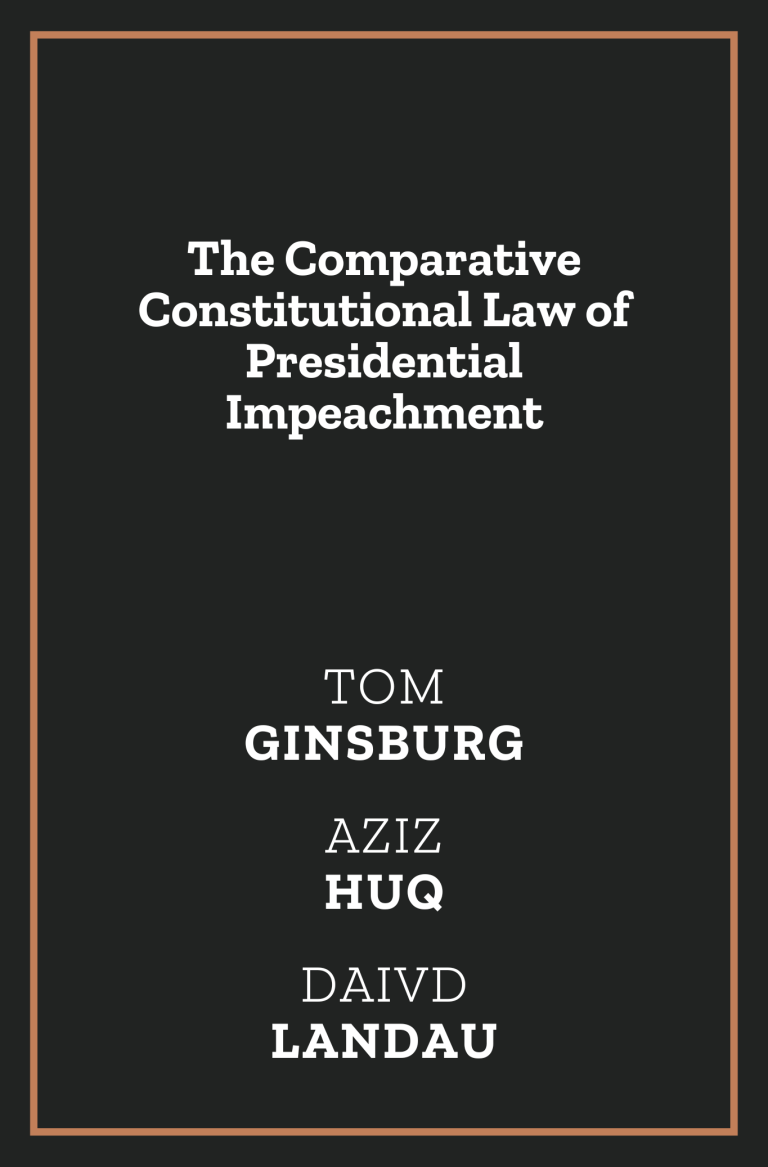From the University of Chicago Law Review:
With the charging and acquittal of President Donald Trump, impeachment once again assumed a central role in U.S. constitutional law and politics. Yet because so few impeachments, presidential or otherwise, have occurred in U.S history, we have little understanding of how removing presidents in the middle of a term alters the direction or quality of a constitutional democracy. This Article illuminates the appropriate scope and channels of impeachment by providing a comprehensive description of the law and practice of presidential removal in the global frame. We first catalog possible modalities of impeachment through case studies from South Korea, Paraguay, Brazil, and South Africa. We then deploy large-N empirical analysis of constitutional texts, linked to data about democratic quality in the wake of successful and unsuccessful removal efforts, in order to understand the impact of impeachment on democracy. Contrary to claims tendered in the U.S. context, we show that impeachment is not well conceived as solely and exclusively a tool for removing criminals or similar “bad actors” from the presidency. Instead, it is commonly and effectively used as a tool to resolve a particular kind of political crisis in which the incumbent has lost most popular support. Moreover, despite much recent concern about the traumatic and destabilizing effects of an impeachment, we do not find that either successful or unsuccessful removals have a negative impact on the quality of democracy as such. Our comparative analysis has normative implications for the design and practice of impeachment, especially in the United States—although those implications must be carefully drawn given the limits of feasible causal inference. The analysis provides consequentialist grounds for embracing a broader, more political gloss on the famously cryptic phrase “high Crimes and Misdemeanors,” in contrast to the narrow, criminal standard that President Trump, in line with other presidents, promoted. A criminal offense standard, however, might be appropriate for judges and other officers subject to impeachment. We suggest a multitiered impeachment standard is sensible. Also against settled U.S. understandings, the analysis shows how other institutions, such as courts, can and do play a valuable role in increasing the credibility of factual and legal determinations made during impeachment. Finally, it suggests that impeachment works best where, in contrast to U.S. design, a successful removal triggers rapid new elections that can serve as a “hard reboot” for a crisis-ridden political system.

